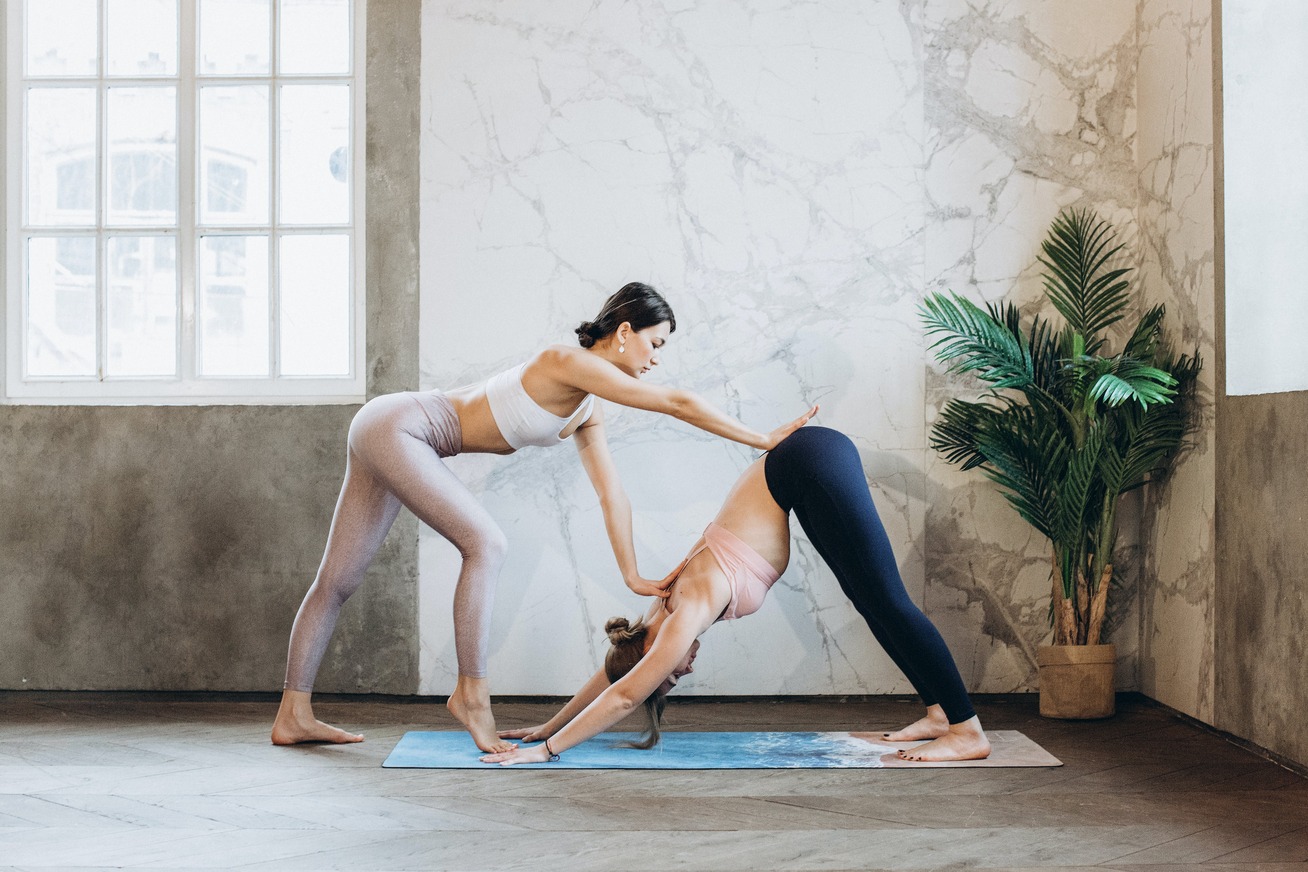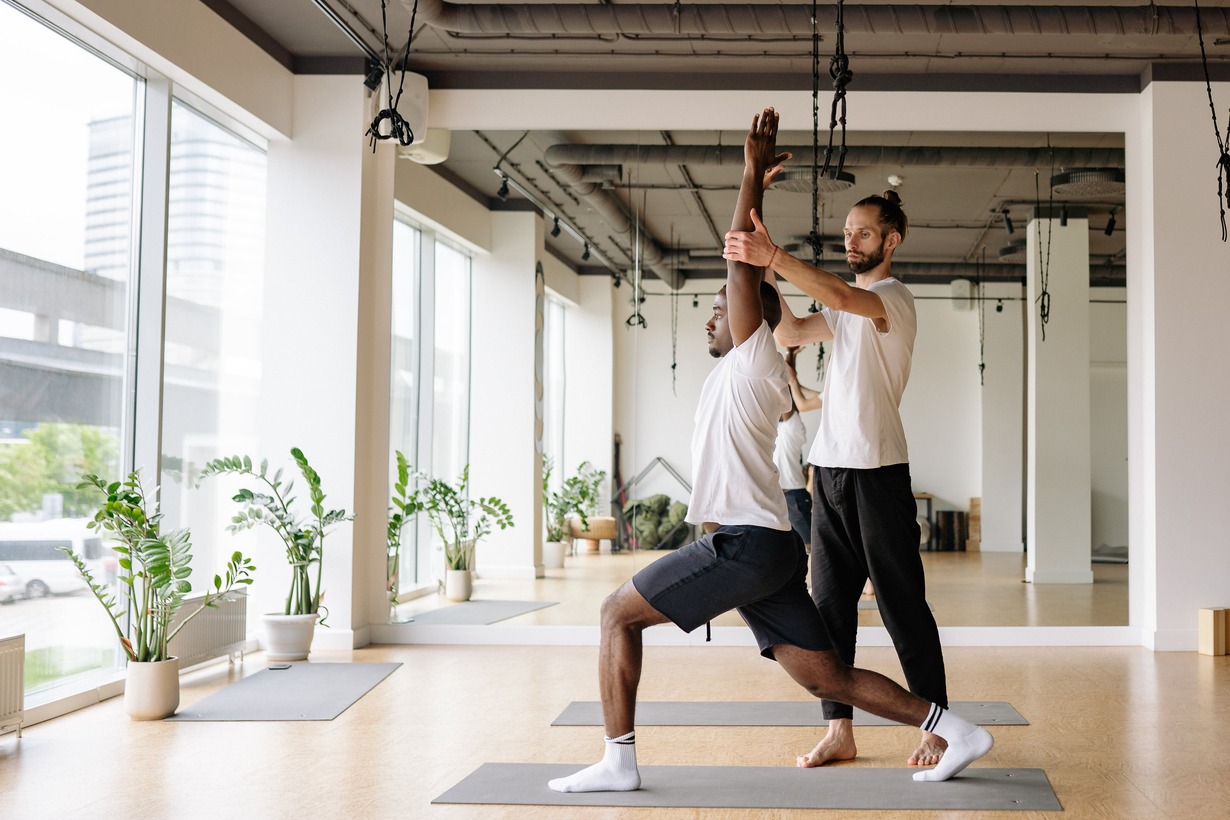
Words of Wisdom
As a yoga teacher, what we say and how we say it can make all the difference. I confess over the years I slipped into a style of automatic verbal cueing. I sweep through entire classes without second-guessing any vocabulary, intonation, or timing, and hey - people are still showing up.
But, as time ticks by, I’ve become aware of the incredible gift that my “voice” is, and furthermore, what an opportunity it is to be actively listened to. In the studio we don’t have much competition, the space is already set for us to be heard, a chance that in the beautiful chaos of life is precious and yet underappreciated. Verbal cues are important vessels that hold both practicality and something more transcendent; an absolute presence as well as a hope for the future. Here we take a pause and look at the function and importance of verbal cues.
Back to the basics
When taking a deeper dive with any practice, it can be helpful to return to the foundations. So…what does “verbal cueing” really mean? Simply put, verbal cues are sentences that invite a reaction from their recipients. In yoga; we say something that invites yogis to do something. Easy! Our verbal cues are constructed whether consciously or not factoring in the conditions of anatomy, orientation, safety, efficiency, clarity, and timeliness, all under the umbrella of foundational yogic knowledge. Suddenly verbal cueing is not so simple. Here are refreshing reminders and tips concerning verbal cues:
Keep it safe and simple
“Lift your fork, upwards. Open your mouth wide. Joyfully eat the piece of pineapple”, This was how I first got the hang of verbal cueing: by verbalizing almost every small action that filled the spaces between teacher training sessions. When first learning, we stuck to a basic formula for cues: movement + body part + direction. E.g. Lift your left hand up, twist from the waist towards your right. Most teachers have their classic tools, this is definitely one of mine.
If lefts and rights are not cutting it for you, use other indications for direction such as wall colors or features like windows or clocks.
In multi-lingual classes especially, eliminating unneeded words such as “and then we”, or “you're going to then” will bring clarity to your cues. I’m not saying barking out commands is the way to go, but rather be conscious that less can be more.
Take a breather
With so much going on, there are still times I’ll repeat myself or have a “blablahblah” moment.
Give yourself the space to take pauses and be silent before coming back. This can enhance your cues giving them a crisp efficiency that lets yogis also breathe into their practice.
Paint a picture, but not a masterpiece
One of my first classes as a fifteen-year-old left me wondering Why would I crush a grape under my sacrum? As well as What does it mean to be between two panes of glass? Using similes, metaphors, and images to cue is a great way to depict movement in a poetic way, but can also lose attention. Feel free to be creative in your language, but remember that yogis come from all different imaginations, cultures, and interpretations. It’s worth trying out to see what yogis can resonate with consistently.
No surprises
While your verbal cueing style will change over time, mixing it up within a class can cause major confusion. Keeping your cues simple and consistent develops a trusting relationship with your yogis. Once a common vocabulary and rhythm are established (for me after around 20 minutes), then yogis can know your style of cueing and you may spend more time giving attention to adjustments if you’d like.

A note on inclusivity
Being an advocate for inclusivity is shown in many ways. There is time and space for all kinds of specialized yoga classes in the name of community and care, but feeling socially comfortable should not be limited to just these. Yoga classes without any pre-communicated conditions should feel safe for all. As facilitators of space, we have a voice that can help create that safety with the words we use. Here are some thoughtful suggestions for wording to avoid:
- Tummy/ Belly: You may never know what history someone’s body may have and what their relationship with it is. Using the anatomical term “stomach” can avoid uncomfortable triggers and invite acceptance for all kinds of bodies.
- Women/Men: using binary language can jar someone and bring them out of their practice. Try being specific about body parts rather than gender.
- Just: a word I struggle not to say. The word “just” can imply a supposed ease to something that may not be easy at all to some.
- Perfect/ Good / Advance/ Complete : Pretty much any words that imply there is a better/worse in yoga. We all know practice is different for everyone, so let's encourage that confidence in others.
More than movement
Verbal cues are not just about physical direction. We use them every day on and off the mat to order coffee, clarify meeting times, and dialogue with our family and peers. They carry us through life with efficiency, but also with a quality that creates a certain atmosphere of warmth, confrontation, silliness, or safety. The pace and quality of your voice can help create exactly the atmosphere you want in your classes.
My friends have pointed out that I definitely have a “yoga voice”. I don’t have many words to describe it except that it's much smoother and minimalist than my regular voice. Like I’m working at a mediocre spa. It’s the voice that comes when I’m trying to encourage listening to me, but not eclipse listening to one’s own self. My voice is still a work in progress as I continue to learn and grow as a teacher, but like the cycle that I hope to communicate verbally, I hope to replicate personally: the beauty of openness and rootedness side by side.


